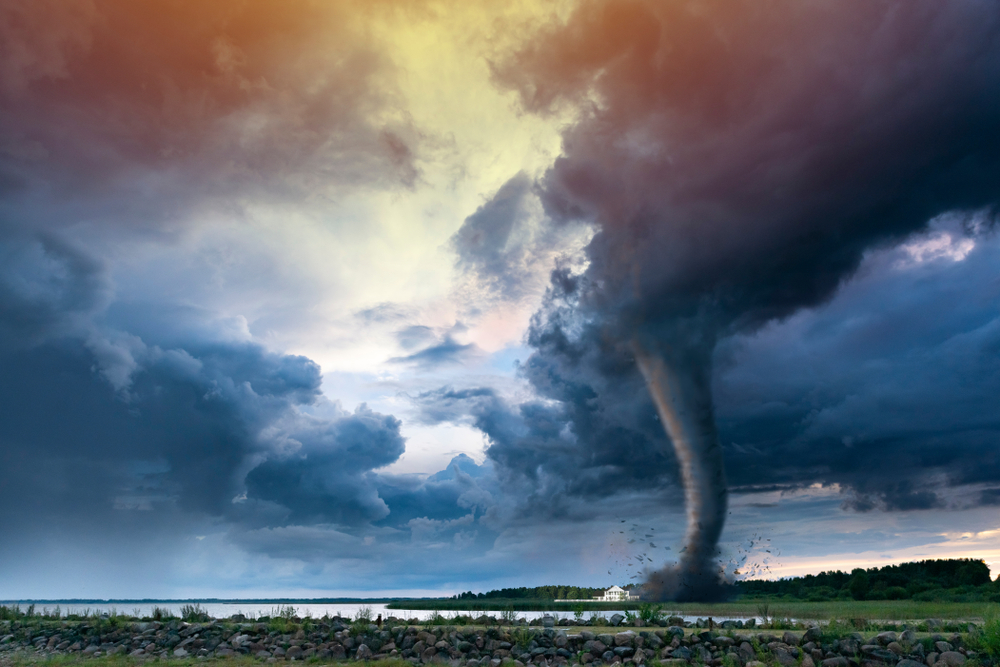The Complexity of Hurricanes: Nature’s Fiercest Storms

Hurricanes, also known as typhoons or cyclones depending on their geographical location, are among the most powerful and destructive natural phenomena. These massive storm systems can span hundreds of miles and unleash torrential rain, high winds, and devastating storm surges. While they are a captivating subject of study for meteorologists, understanding the complexity behind hurricanes is crucial for disaster preparedness and risk mitigation.
Formation and Development
The formation of a hurricane is a complex interplay of oceanic and atmospheric conditions. At its most basic, a hurricane begins as a low-pressure system over warm ocean waters, usually at least 26.5°C (about 80°F), and at a minimum depth of about 50 meters (164 feet). The warm water heats the air above, causing it to rise and creating a zone of low pressure below. As the warm, moist air rises, it cools and condenses into clouds and rain, releasing latent heat that fuels the developing storm.
A range of other factors also contribute to hurricane formation and intensification, such as the Earth’s rotation, which gives the storm its characteristic spin via the Coriolis effect. Wind patterns can either inhibit or facilitate the storm’s development, and even the presence of dust and aerosols in the atmosphere can have an impact. As the storm matures, it organizes into bands of thunderstorms, developing an ‘eye’ at the center—a zone of relative calm surrounded by the storm’s most violent winds.
The Components of a Hurricane
A hurricane is composed of several integral parts, each contributing to its overall ferocity. The eye is typically 20-40 miles in diameter and represents an area of low pressure and calm conditions. Surrounding the eye is the eyewall, a towering ring of cumulonimbus clouds where conditions are most severe, with the strongest winds and heaviest rainfall. Spiraling out from the eyewall are the rainbands, which can extend hundreds of miles from the center and often contain thunderstorms and occasionally tornadoes.
Each part of a hurricane plays a role in its lifecycle and impact. For example, the eyewall is crucial for the storm’s development; when it contracts, the storm intensifies, and when it expands, the storm weakens. The rainbands, on the other hand, are responsible for much of the flooding that accompanies hurricanes, as they can dump large volumes of rain over extended areas.
Meteorological Tools for Tracking and Prediction
Predicting the path and impact of a hurricane involves a plethora of meteorological tools and techniques. Satellites provide high-resolution imagery that helps track the storm’s location and structure. Weather radars and buoys offer real-time data on wind speeds, air pressure, and sea conditions. Advanced computer models simulate how all these variables interact, offering increasingly accurate predictions of a hurricane’s path and potential landfall locations.
However, predicting a hurricane’s exact path remains a challenging task due to the myriad variables at play. Even small shifts in wind patterns or ocean temperatures can drastically alter a storm’s course and intensity. Therefore, hurricane forecasts often come with a level of uncertainty, usually represented by a ‘cone of uncertainty’ that widens as the forecast extends further into the future.
Socio-Economic Impact and Preparedness
Hurricanes pose a significant risk to both lives and property. Beyond the immediate dangers of high winds and storm surges, they can lead to long-term issues like flooding, infrastructure damage, and even health crises as waterborne diseases can spread in the aftermath. Economically, the effects can be staggering—destroying homes, crippling local industries, and requiring billions in recovery efforts.
Preparation for hurricanes is thus a multi-faceted endeavor. It involves not only meteorologists but also city planners, emergency services, and the general public. Evacuation plans need to be well-coordinated and disseminated widely. Building codes must be robust enough to withstand hurricane-force winds and flooding. Public awareness campaigns are essential for educating people on how to prepare emergency kits and what actions to take when a hurricane is imminent.



